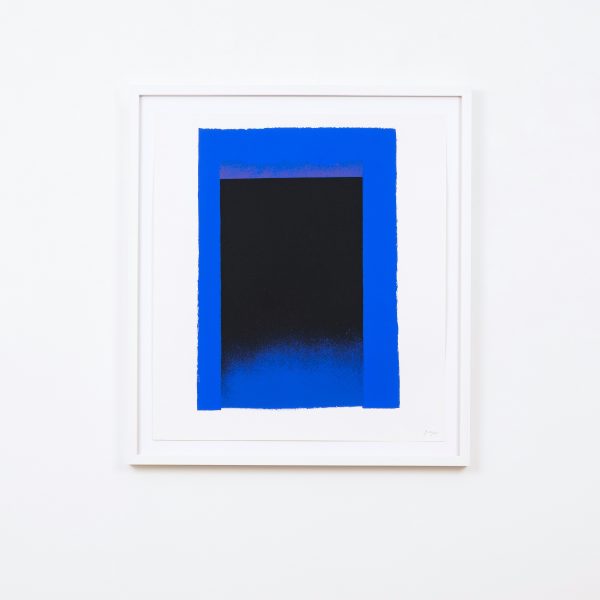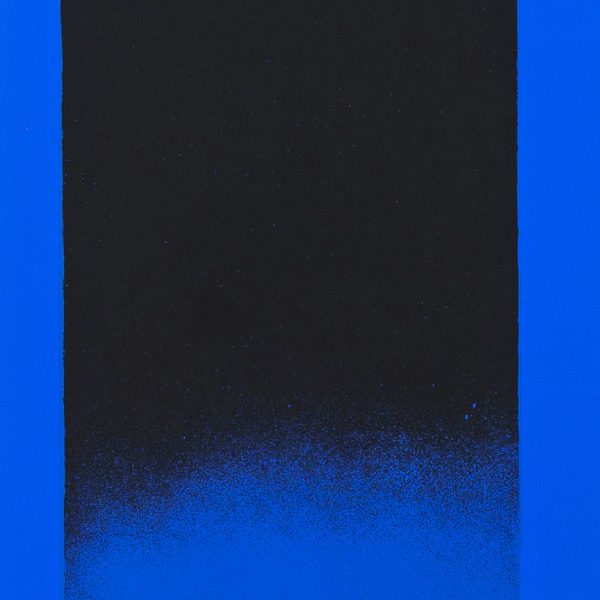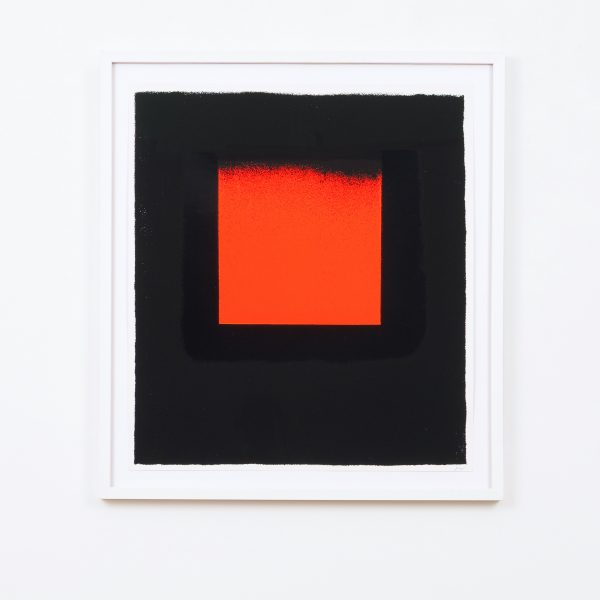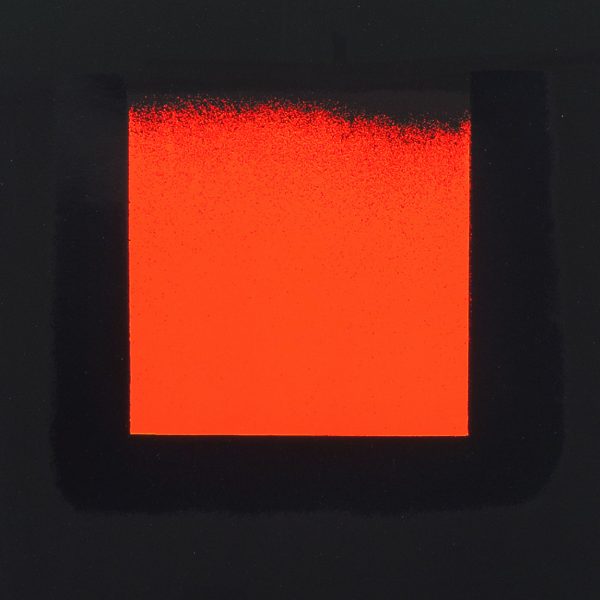Rupprecht Geiger
(German, 1908-2009) Rupprecht Geiger was a leading figure of post-war German abstraction and a co-founder of the Munich group ZEN 49, which advocated a renewed non-objective art after 1945. Trained as an architect, he turned decisively to painting in the late 1940s, centering his practice on color as an autonomous subject. His early role in…
Rupprecht Geiger
(German, 1908-2009)
Rupprecht Geiger was a leading figure of post-war German abstraction and a co-founder of the Munich group ZEN 49, which advocated a renewed non-objective art after 1945. Trained as an architect, he turned decisively to painting in the late 1940s, centering his practice on color as an autonomous subject. His early role in ZEN 49 positioned him among the key voices shaping a constructive, forward-looking visual language in Germany’s art scene of the 1950s.
Geiger’s oeuvre pursues radical formal reduction—rectangles, ovals, discs—deployed to stage chromatic experience. From the mid-1950s onward he adopted daylight-fluorescent pigments, later spraying acrylics to generate saturated aura effects and warm–cold contrasts; the goal was not depiction but an “untainted” encounter with color. Printmaking, especially serigraphy from 1952, served this pursuit through finely graded sequences and variant series. Red, in particular, became a leitmotif across paintings, works on paper, and editions.
Between 1965 and 1976 Geiger taught painting at the Kunstakademie Düsseldorf, and his work was shown repeatedly at documenta (1959, 1964, 1968, 1977), securing his standing beyond Germany. Public commissions and room-scaled installations extended his ambition to create immersive situations of color. Today he is recognized as a principal exponent of German color-field tendencies, whose rigorous focus on chromatic presence remains influential.



